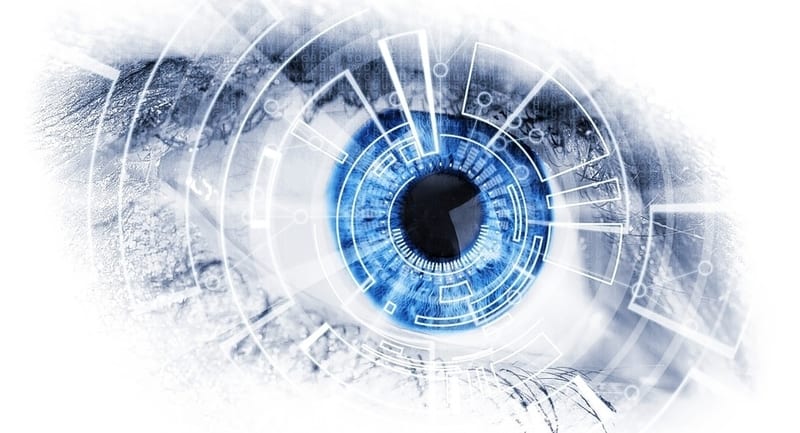When Should You Deploy a Managed Detection and Response?


When should your enterprise deploy a Managed Detection and Response (MDR) solution? What factors should you consider when making such a critical decision for your business’ cybersecurity and workflows?
Managed Detection and Response services cover a wide array of capabilities and roles; primarily, they provide outsourced cybersecurity expertise and skills to cover any gaps in your security team. Often, this means the skills to handle tools and solutions your own team may not have the bandwidth to handle like endpoint detection and response (EDR). However, they can also provide more advanced threat detection and response (hence the name), more advanced intelligence, and assistance with solution maintenance.
Further, MDR providers often provide more round-the-clock coverage than the average business could reasonably deploy on its own.
So should your business deploy Managed Detection and Response? Here are few things to consider.
When Should You Deploy a Managed Detection and Response?
When the Network Scales Beyond Normal Visibility
First, you need to consider the sheer scope of your IT environment. Small businesses might have the capacity to keep an eye over the whole of their network, but as your business grows so too does the IT environment. Faster than you might expect, the IT infrastructure will exceed your ability to monitor it as more devices, applications, customers, and more connect and interact with it.
Additionally, you need to consider how the shift to work-from-home over the past year might have changed your IT environment and might continue to influence it.
Once this scaling begins, it’s time to start making considerations for whether you can handle it in-house or whether MDR could help.
But size alone isn’t everything. What also matters is…
When You Lack the Tools or Skills
Cybersecurity continues to struggle with a hiring and retention problem; this is a high-stress industry that rarely receives the attention and appreciation it deserves. Burnout proves a continual problem for enterprises of all sizes and markets. While some efforts have invested the time and energy to seek out more unique cybersecurity candidates (i.e. with less technical experience), those efforts have yet to bridge the employment gap.
So the question becomes: does your enterprise have the IT security skills to handle your IT environment, even if it can monitor it in full? Do you have a support system that can help maintain the mental and physical health of your IT security staff? Will you ask your IT security staff to find ways to maintain 24-hour monitoring? If yes, do you have the staff to do so, and if no, how will you make up for those unmonitored hours?
Further, does your enterprise have the right tools to detect and then respond to malware and other cyber-threats? Legacy solutions can’t possibly provide the necessary capabilities, so how do you plan to update those legacy solutions? How will you train your IT staff to use it?
If these questions seem daunting, or if they make you reconsider whether your business is truly ready to face cyber-threats on its own, then Managed Detection and Response might be the solution.
If you would like to learn more, check out our Endpoint Security Buyer’s Guide.























